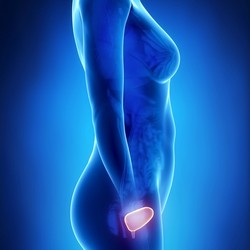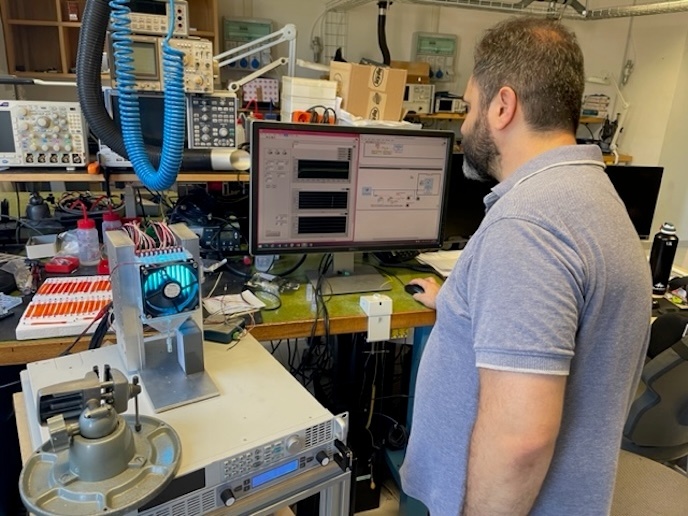Novel bioactive implantable polymers
Current treatment options for common pelvic floor dysfunctions like pelvic organ prolapse (POP) and stress urinary incontinence (SUI) have high complication rates. Furthermore, treatment for life-threatening conditions such as intracranial aneurysms involves high risks for the patient and high costs for the hospital. To find better solutions, the four-year project BIP-UPY(opens in new window) developed implantable polymers based on ureidopyrimidinone (UPy) and peptide molecules. With a focus on commercialisation, the team established all protocols and equipment necessary for large-scale manufacturing in desired shapes – meshes using electro-spinning, or a thread using melt-extrusion combined with melt-spinning. They synthesised different UPy-polymer combinations for each target application in kg-scales according to GMP protocols with bioactivity as a result of using peptide molecules. These products have the added benefit of being easily made radiopaque for good visibility via imaging instruments. The BIP-UPY consortium successfully validated these implants via in vitro and in vivo testing on small animals. The materials and the prototype implants demonstrated good biocompatibility, desired properties and bioactivity. For instance, the prototype for POP had anti-microbial properties whereas the prototype for aneurysm treatment showed good cell adhesion/proliferation. Even more promising, implants’ bioactivity did not alter after electron beam sterilisation and high temperature processing. Towards the end, scientists established pre-clinical in-vivo protocols for testing and validating non-bioactive and bioactive mesh as well as thread implants in relevant animal models. Functionality tests in the large animal model sheep of the UPy-mesh and UPy-bioactive mesh showed lower pro-inflammatory profile and tissue regeneration. The aneurysm treatment prototype had adequate radiopacity, mobility through catheters, curling into aneurysm models and mechanical occlusion of flow at the desired site. Polymers have become ubiquitous. The total European market for polymers in medical devices including implants had revenues of EUR 664.2 million in 2015. This indicates the potentially huge impact of BIP-UPY implants on the economy and on public health. BIP-UPY implants with tailored bioactivities could be used to address important medical conditions, providing welcome relief to patients and better quality of life, while reducing the burden on healthcare systems. The next-generation of in-situ tissue-engineering long-term implants could be just around the corner.







